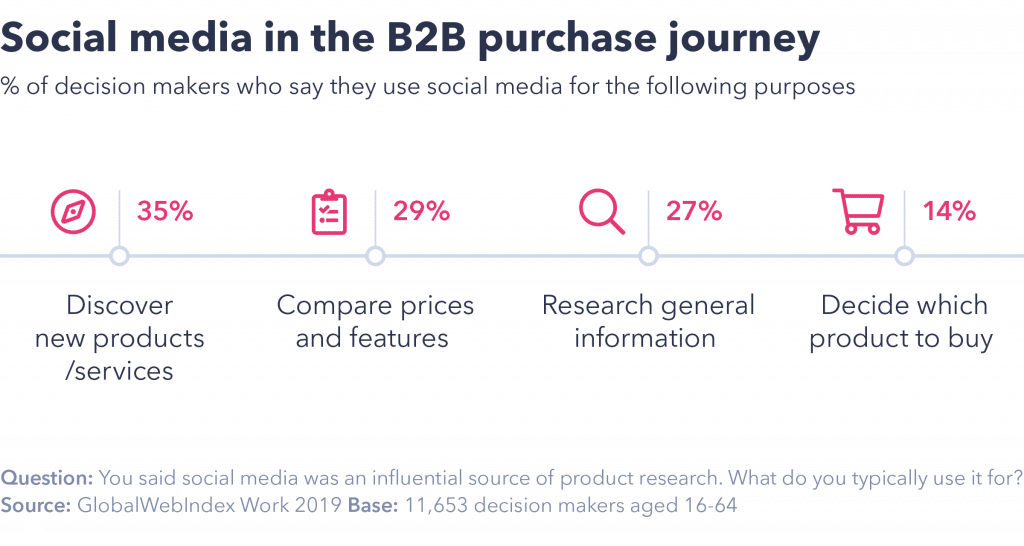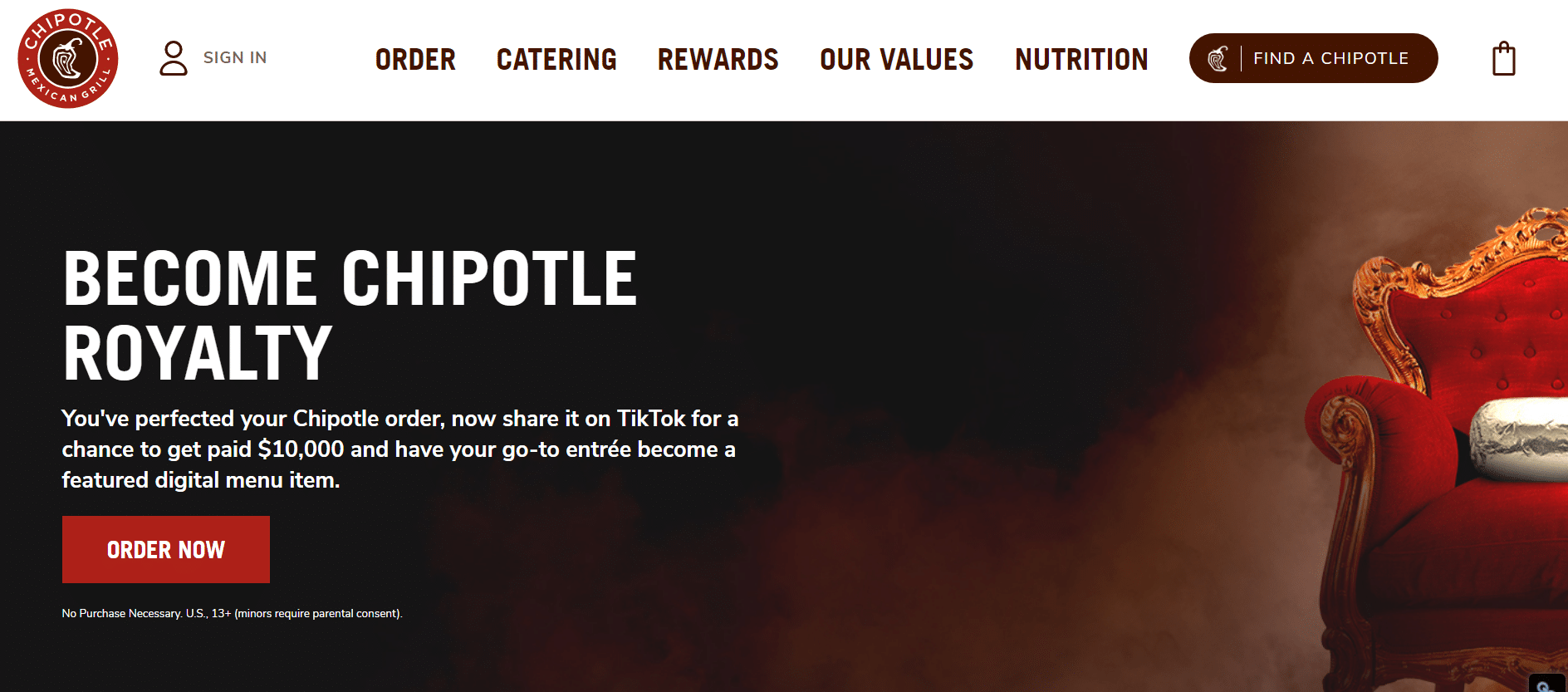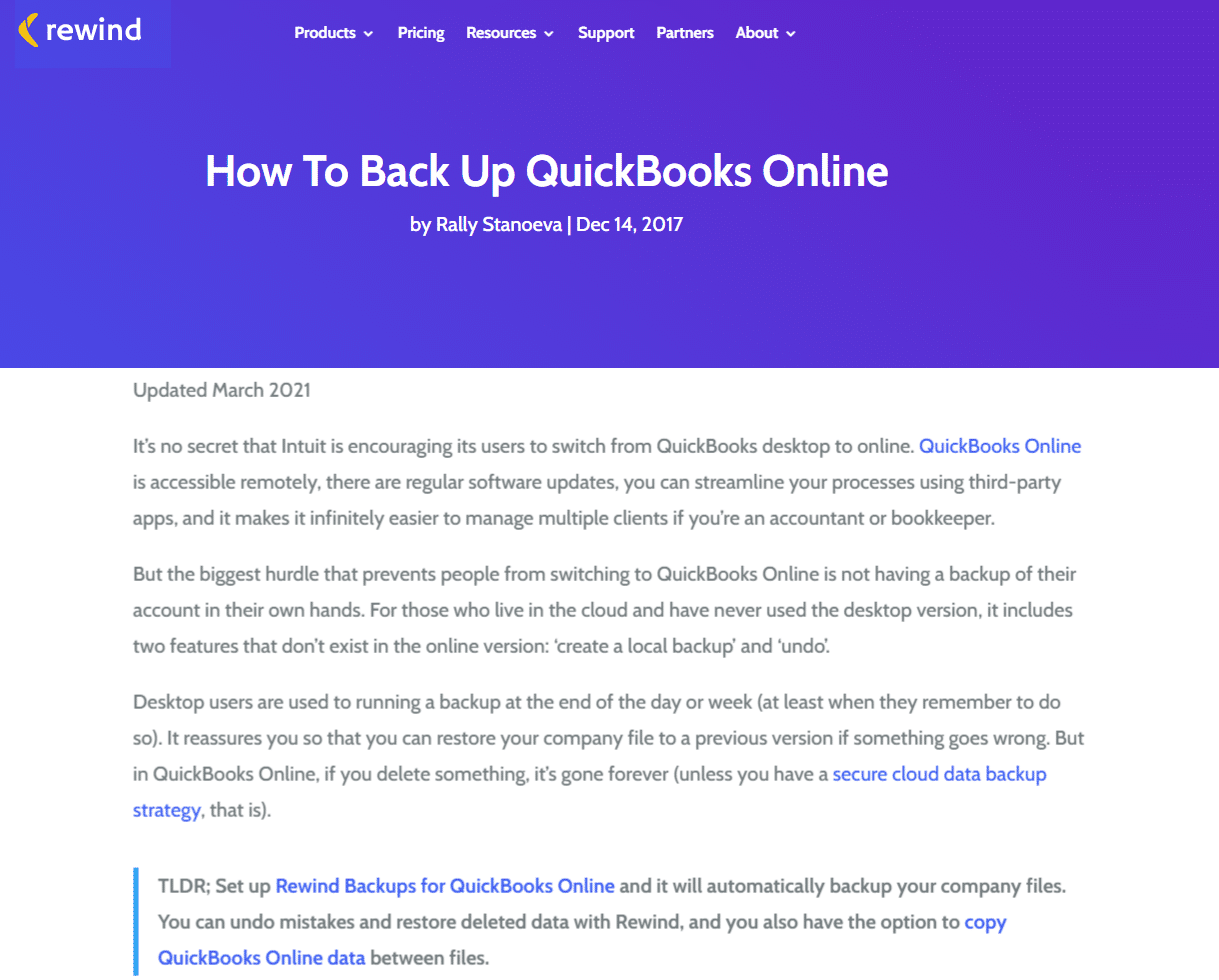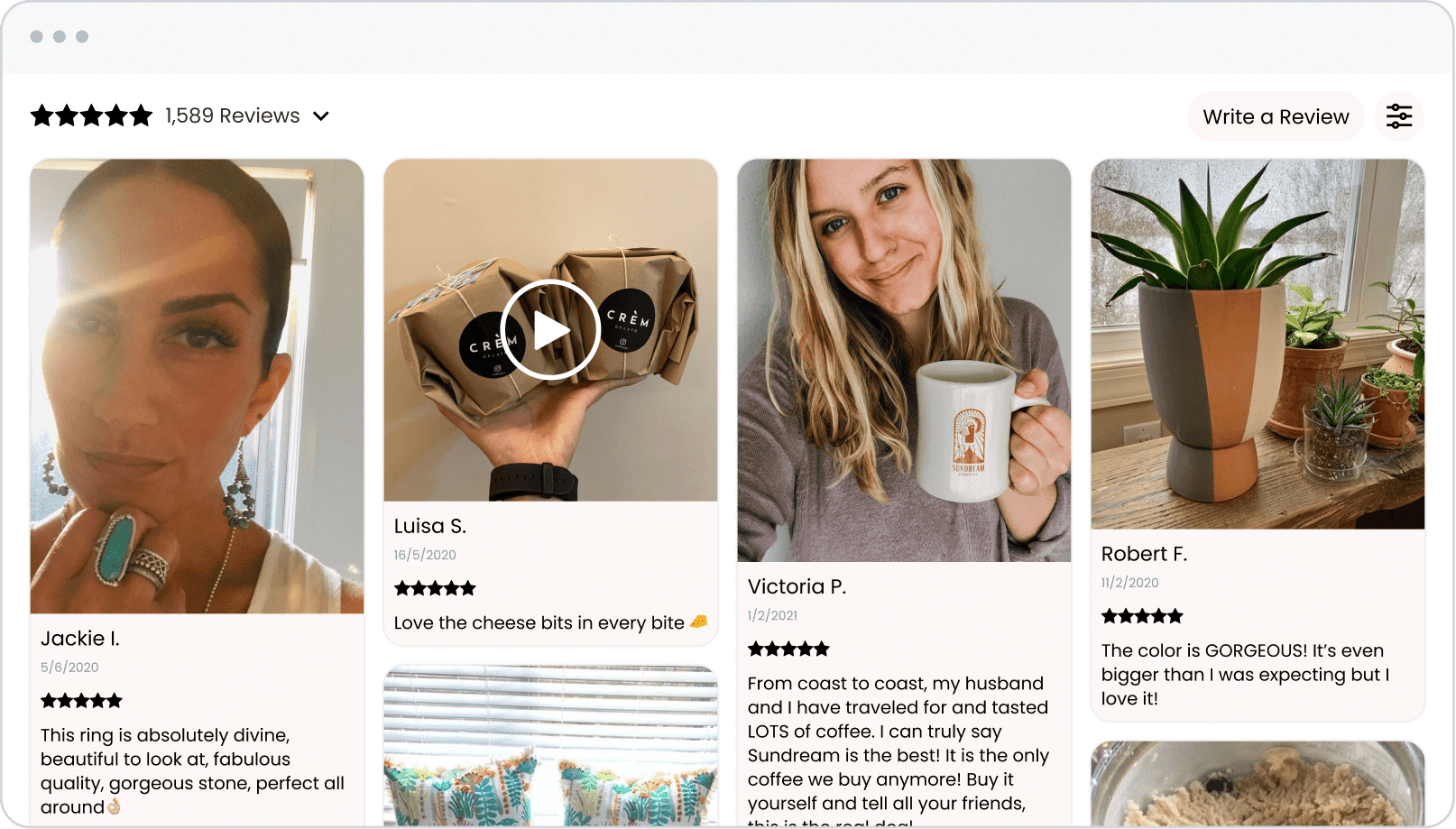As a small business owner, you know the power of social media and how it supercharges most businesses. There’s enough said about the effect of viral videos, exciting collaboration, and life-changing partnerships. And if you find yourself sifting through tons of case studies and reports to find the secret of these outcomes, you’re missing the big picture.
Often, popular social content is not because of luck or some one-off result. Rather, it’s the product of a series of proper steps to deeply understand your customer and their customer journey. When you include social media in this mix, it becomes easy to go beyond scheduling content and improving visibility. You’re positioned to place your product or service as a natural solution to your customer’s pressing problems.
Another advantage of using social media in your customer journey management is that your team can align social media to the different stages of the customer journey. These include building awareness, increasing findability, continuously creating a positive reputation, and driving conversions to create a strong customer retention strategy.
Of course, once you are aligned to these stages, the most important thing to do is to follow simple best practices for happy customers.
Let’s take a look.
1. Role of Social Media in Different Stages of the Customer Journey
While a customer journey will be different for different products and services, these five stages are common across most journeys: Awareness, Findability, Reputation, Conversion, and Advocacy.

The customer journey begins by creating awareness about the product or service. Social media is a good tool for this since it’s free and essentially gives you a scope to reach a wider audience.
In turn, it also means your audience is actively involved in seeking and interacting with brands that understand them well. That means you need to understand what your customer is searching for by making it easy to find you.
Building a positive vibe and experience for potential customers starts by identifying the touchpoints where your customers interact with your brand and how you can use thatt to your benefit. For this, make sure to map out the customer journey by noting their dreams, desires, fears, and frustrations.
Use these to fathom out what they think of you when they approach your brand. You could use surveys, quizzes, and regular social engagement to know if you’re optimising your customer journey to create conversions and build advocacy.
Why You Can’t Ignore the Role of Social Media in The Customer Journey
Some of the most valued unicorn start-ups in the works have a social element to their customer journey. Epic Games has gaming products like Fortnite that you play with friends. TikTok makes it easy to make videos and share them with your followers. Because it has a low entry barrier, it is easy for anyone to get started and gain traction over time, like Chipotle.

Source: Chipotle
If you’re wondering whether a B2B product can make it big on social media, then Stripe is a prime example. It’s a B2B product, but makes money because its customers promote their products and thereby transact over Stripe.
2. Why Social Media is crucial in The Awareness Stage
While starting with social media, take time to understand your audience and work on the awareness stage.
Because consumers are in charge and they determine when, where, and why to purchase a product or service, it’s vital to have an omnichannel presence. Explore where your audience is actively interacting. It could be Twitter, Instagram, Facebook, Pinterest, or a mixture of them all.
With continuous exposure, it’s important to track if your social media message resonates with your customers at the right touchpoints. You can do this by using a social media scheduler to publish across different times of the day and see which gives the best results. It’s also a good opportunity to tweak your message as you go by mapping your buyer persona to their customer journey.
3. Checklist to Use Social Media to Increase Findability
Increasing the chances of business success online doesn’t have to be complicated. Sure, you’ll keep posting your brand links online. But if creating a lasting impression on your readers is on your mind, you have to explore a bit further than that.
Viral Content: Start by looking into your social media insights. Look for recurring themes, categories, or products that are widely shared or highly engaged. Then, work on using these insights to create a compelling story around your brand and how it serves your readers at major customer journey touchpoints. Remember that every message should evoke an emotion that inspires people to strike a conversation with your business.
Launch apps (app without code): Launch apps that can serve as a social marketing element. For example, a website hosting company may launch a downtime detector app that people use while surfing. It serves as a great way to find your services. Such apps can be created without code, making it easy to launch them without technical expertise.
Evergreen Content: Create content around topics that are relevant even after a long-time. Content that includes simplifying industry jargon or myths, product reviews, or checklists (like this one) are some ways to make your content easy to scan and refer back to often, thereby increasing findability.
Informational content that answers very specific ‘How To’ questions is a great way to reach long-tail customers over search engines as well as social media platforms like Reddit.

Source: Rewind
Referrals: Another quick route to increase findability is to rely on referrals to work for you. Using the power of referrals makes it easy to spread the word about your business without spending time attracting and nurturing them. Referral credibility also helps push your brand quickly to a new audience.
4. How Social Media Can be Used to Influence a Positive Reputation
Using social media for business can be time-consuming. That’s especially true for small businesses trying to attract the right audience and spending a lot of time and money creating and posting content. But, building a positive reputation need not be a time-consuming task. In fact, with a little bit of planning, you can schedule your social content to be educational and informative for the reader.
Publish studies: Constantly publish studies and surveys that engage your audience. Over time, this content will position your business as a credible authority in your niche. It helps to rank your website higher, making other websites reach out and link to you.
Social media advertising: It’s easier to distribute content to a new audience with social media advertising. You can do so by reaching out to journalists and media owners who will further spread the word.
Influencers: Next, signup with influencers who can distribute such content. Make sure to plan your social media campaign in advance to distribute such content on a routine basis. By doing so, it helps with building up a reputation through multiple touchpoints.
Lead magnets: If you have an email newsletter, then lead magnets can effectively bring in new leads from social media. Use your customer journey map to create suitable lead magnets on social media. This way, you can capture users to subscribe to your email newsletters, where you nurture and establish a reputation.
5. Drive Conversions With Social Media
When you set things up to build a positive reputation, you’re also taking your audience on to the next stage in the customer journey. Here, you offer your audience many compelling reasons to buy from you and drive conversions.
Offer exclusive discounts for social media users. Doing so creates excitement among your social users, increasing conversions, and growing your customer base. Consider creating shareable deals that make it easy to spread the word.
Social proof encourages your audience to take action on your offers. It gives them confidence that others have tried what you offer. Because this builds trust, it reduces friction, making it easy to move onto the buying stage. Therefore, a purchase decision is a natural progression of social proof.
Once your content starts gaining traction on social media, check for the top-performing posts. Boost the top-performing content by targeting the exact demographic that is primed to purchase. Focusing on a particular demographic makes it easy to track the ROI on your social spending.
Running sponsored posts reaches your intended audience in less time as compared to regular posts. It drives quality social media traffic to the post that needs visibility, leading to conversions.
6. Using Social Media During The Advocacy Stage
Customer retention is possible when your customers excitedly vouch for your work and offerings. They love sharing everything you put out on social media and don’t shy away from advocating your product or service. Your messaging strategy, brand story, and email newsletters are strong advocacy tools.
Incentivise customers: Use apps on Shopify or other platforms that incentivise customers to post testimonial videos after purchase. This gives them a choice to share their feedback which you can populate as content to be reused on other platforms.

Create superfans for support: A happy customer is most likely to pull in other people and create a community of superfans. By doing so, you’re making a customer pool that works as brand advocates for you even when you’re not active on social media. To create superfans, integrate your social media with your email newsletter strategy to keep them updated with your business news and offerings.
Employees as social media advocates: Employees are often the overlooked advocates. They are actively on your side. Presenting their experience with your product or service gives an inside peek into your business. It also clearly shows your business values and beliefs, making it easy for future customers and employees to gauge their interest in working with you.
Create an exciting brand story: Stories make it easy for people to know you beyond business, making it simple to relate and connect with your brand. Consistently sharing your back story, business ethics, and principles as a part of your messaging strategy helps in easy brand recall and creating a human connection.
7. Best Practices For Post-Sales CX
The customer journey doesn’t end with a purchase. Post-sales is a crucial stage to ensure you get repeat customers. Follow these best practices to improve post-sales CX (Customer Experience) with good support, and nurture existing customers for higher loyalty and repeat purchases.
Easy integration: You could be a small business or a large enterprise, but unless your systems seamlessly integrate with multiple apps or systems, your customer experience is going to be anything but excellent.
When you invest in getting your systems to “talk” to each other quickly, it improves the process from social media to other channels or vice-versa, making an excellent case for great customer journey management.
Customer loyalty program: Everyone likes a great deal. And when the deal comes from a much-loved and trusted brand, it makes entering into loyalty programs a no-brainer. Incentivising continued customer loyalty is enough to keep your customers engaged on all your channels, starting from social media and extending to your channels on your website and apps.
24/7 support: Given that there are no location barriers, customers expect prompt and relevant query resolution online. Setting up 24/7 systems like chatbots or cloud-based solutions that can keep up with your phone, video, and messaging needs together can be a game-changer for your business.

Conclusion
Customer journey management can change how you operate and how customers perceive for the better, you if you influence their perception on social media. By mapping your buyer persona to the different stages of the customer’s life cycle on social media, you and your team are better positioned to serve their queries on time.
The other benefit is that your business is no longer reactive to customer expectations. Because you’re now aware of customer expectations and needs, you can effectively use social media to cater to these promptly. And once your customers are tuned in to this service level, it’s obvious they will keep coming back for repeat purchases, thereby aptly supporting your sales funnel and marketing strategies throughout the customer journey.
Originally published Oct 28, 2021, updated Jan 16, 2023
